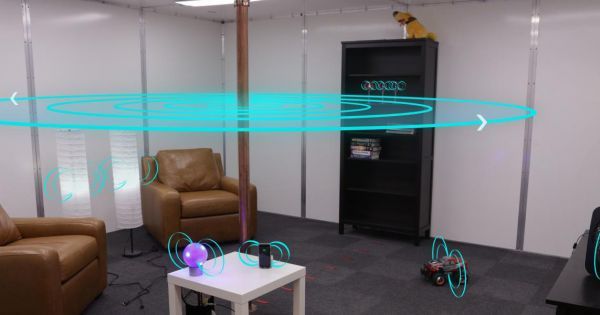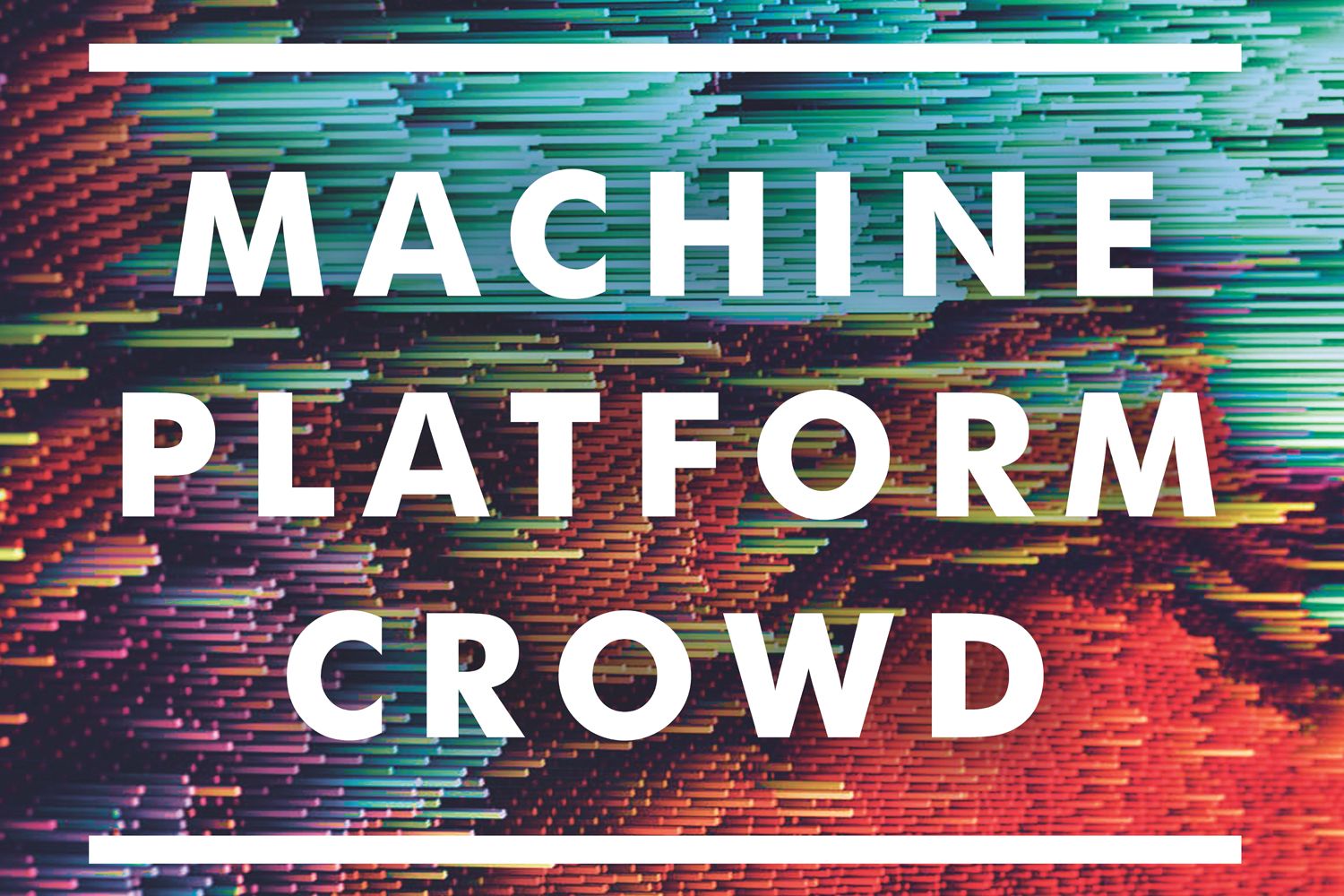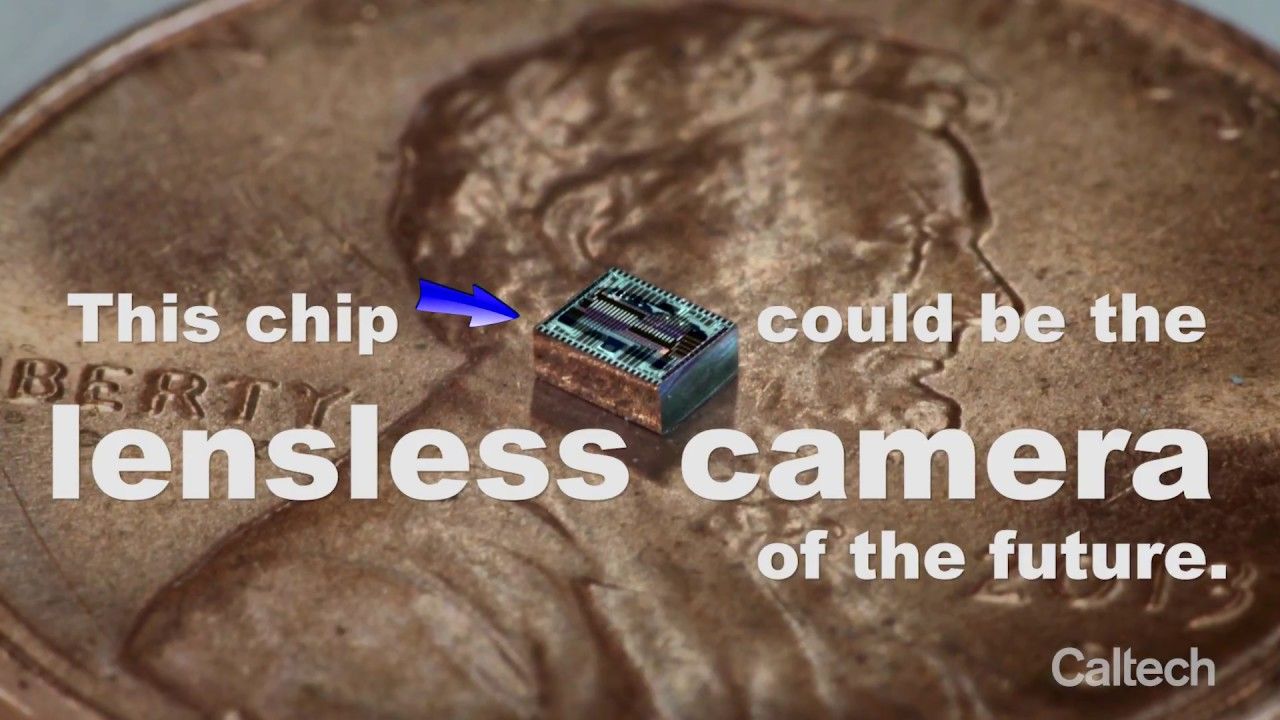- Disney researchers have developed innovative technology that will allow people to charge their devices in a truly wireless fashion
- If this technology could be commercially adopted, it could revolutionize the way that we use and create everything from smartphones to AI robots
It seems like almost everything has gone wireless. Yet somehow, when it comes to charging electronic devices, we still have to deal with cords. Sure wireless charging exists, but only for small devices like your smartphone. And even then, it’s not convenient as you might hope. To actually power a device, a phone must maintain contact with a charging pad, which means it can’t be used while charging. This seems to be even a bigger hassle than dealing with cords and cables.









